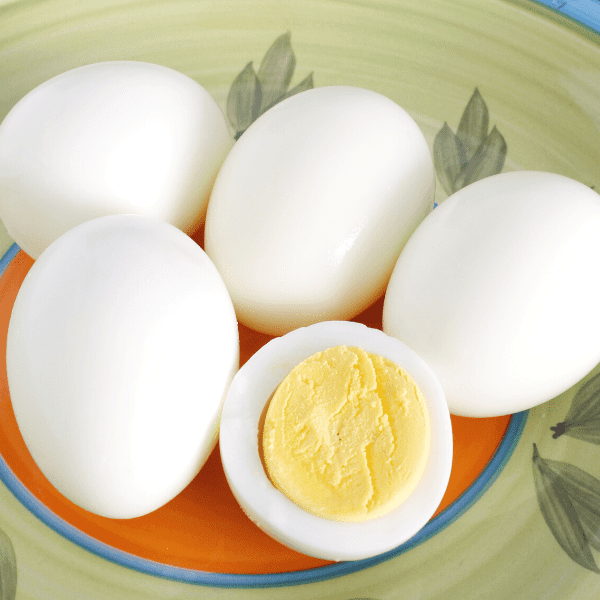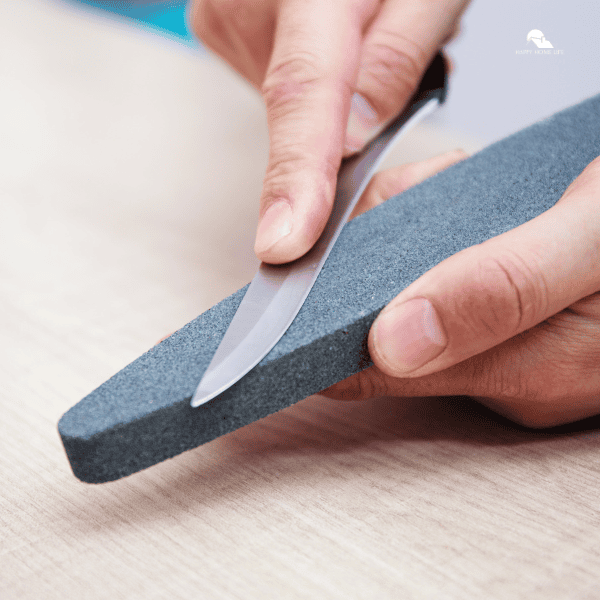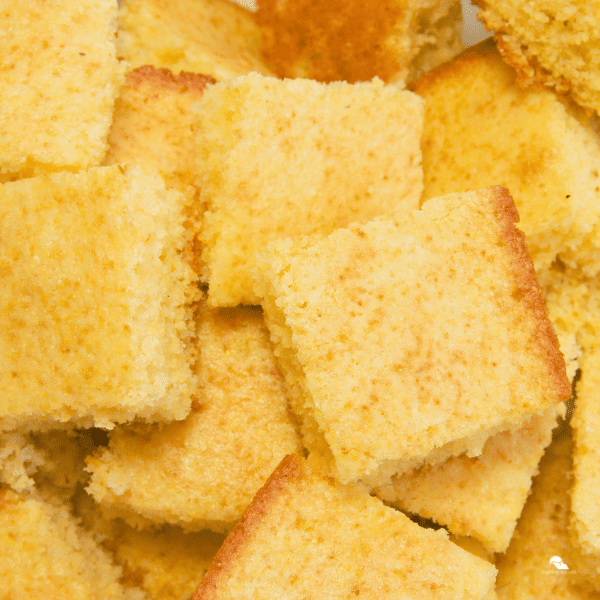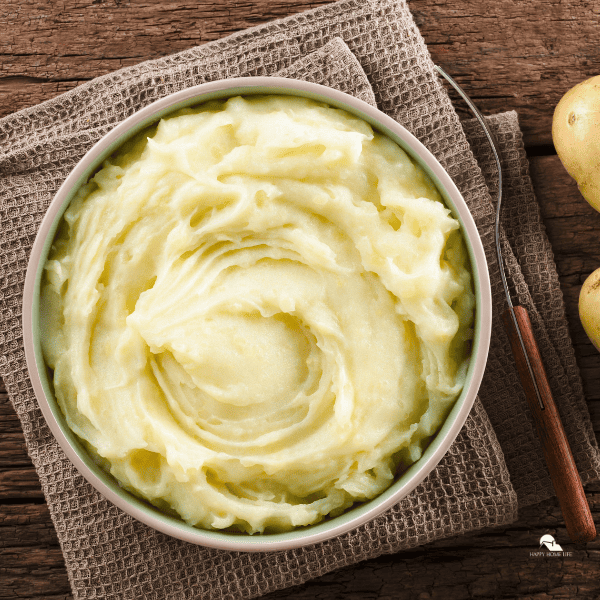Love tempeh! We do too, but how to know if Tempeh is bad is important. Let’s dive into this topic.
Tempeh is a popular protein-rich plant-based food made from fermented soybeans that has gained popularity in recent years due to its many health benefits. Known for its nutty flavor and firm texture, tempeh is an excellent meat alternative for vegetarians, vegans, or those simply looking for a nutritious addition to their meals.
Ensuring that the tempeh you consume is fresh and safe to eat is essential, as spoiled tempeh can lead to potential health risks.

To help you distinguish between fresh and spoiled tempeh, this article will guide you through the process of identifying signs of spoilage, properly storing and preserving your tempeh, and understanding the difference between good and bad mold.
By paying close attention to the appearance, smell, and texture of your tempeh, you can avoid consuming spoiled tempeh and enjoy this nutritious food item safely.
Key Takeaways
- Learn to recognize the signs of spoiled tempeh through its appearance, smell, and texture.
- Proper storage and preservation methods can extend the freshness and safety of tempeh
- Understand the differences between good and bad mold while identifying spoiled tempeh.
What is Tempeh
Tempeh is a traditional Indonesian food originating in Java that has gained popularity among vegans and vegetarians for its rich plant-based protein content. It is made from fermented soybeans, which are formed into a dense cake-like structure.
When you prepare tempeh, you’ll find that it has an earthy, nutty flavor, making it a versatile ingredient for a variety of dishes. Since it is a fermented food, it also contains beneficial probiotics that can support your gut health.
You might rely on tempeh for its nutritional benefits as a vegan or vegetarian. This plant-based protein is an excellent source of essential amino acids, as well as being rich in vitamins and minerals such as iron, calcium, and manganese.
In addition to its nutritive value, tempeh is also a highly sustainable food choice, as soybean farming generally has a smaller ecological footprint compared to animal agriculture. By incorporating tempeh into your diet, you are positively impacting your health and the environment.
Identifying Good Tempeh
Appearance
When you’re assessing the quality of tempeh, it’s essential to look at its appearance. Fresh tempeh is usually beige or light brown, with a white mycelium covering the surface. This white mycelium is a good mold, which is important for fermentation.
It’s normal for tempeh to have some gray or black spots on the mycelium layer, so don’t worry if you see those. Just ensure there are no green or blue molds, which are indications of spoilage.
Smell
A good way to identify the freshness of tempeh is by its smell. Fresh tempeh has an earthy, nutty aroma similar to edible mushrooms. This pleasant scent is a result of the fermentation process. If you notice any sour, rotten, or ammonia-like smells, it’s a sign that the tempeh has gone bad and should be discarded.
Texture
The texture of fresh tempeh should be firm and sliceable, holding its shape well when cut. As you handle the tempeh, it should not be slimy or mushy but should feel slightly dense and solid. A good texture ensures that your tempeh will cook up nicely in your favorite dishes, retaining its unique taste and providing that satisfying bite.
By paying close attention to your tempeh’s appearance, smell, and texture, you can ensure you’re working with a fresh and delicious product. So, enjoy creating your favorite tempeh recipes, knowing you’re using a high-quality, nutritious ingredient!
How to Know if Tempeh is Bad
Visual Indications
One way to determine if tempeh has gone bad is by examining its appearance. Fresh tempeh should have a firm structure and be covered with a white mold known as mycelium or Rhizopus oligosporus. This mold is essential for the fermentation process and is not harmful.
However, be on the lookout for changes in color that may indicate spoilage. Green or blue spots on tempeh are a bad sign, while black or grey spots are typically not a cause for concern. Additionally, if the mold appears fuzzy, it may indicate the presence of bad mold.
Odor
Another key factor in identifying spoiled tempeh is its smell. A strong odor resembling ammonia or alcohol is a clear indication that the tempeh has gone bad. If you notice a faint smell of ammonia, but the tempeh appears visually fine, it may still be safe to consume that day or the following day but should be discarded afterward.
Texture Alterations
Lastly, check the texture of your tempeh for any inconsistencies. Fresh tempeh should have a firm, dense texture similar to nougat or firm cheese. If you find that the tempeh has become slimy, it is likely rotten and should not be consumed. Be mindful of these signs of spoilage to ensure you’re consuming safe and fresh tempeh.
Storing and Preserving Tempeh
Refrigeration and Freezing
Proper storage is essential to ensure that your tempeh stays fresh and safe to eat. In the refrigerator, place unopened store-bought tempeh in an airtight container that lasts up to 10 days. Refrigeration is your best option if you plan to use the tempeh within a week. However, if you don’t expect to use it for several days or are unsure of your plans, consider storing it in the freezer instead.
Tempeh can be safely stored in the freezer for at least a month, and often longer, if placed in an airtight container or a resealable plastic bag. Before freezing, make sure to press out any excess air to prevent freezer burn. When you’re ready to cook with the tempeh, simply thaw it in the fridge overnight or use a microwave’s defrost function.

Shelf Life and Expiry Date
The shelf life of tempeh depends on the storage conditions and how well it has been preserved. After purchasing tempeh, check the expiry date on the packaging to ensure that it’s still safe to consume. If stored properly in the refrigerator, your tempeh should last 2-3 weeks. The freezer’s shelf life can be extended to at least a month or more.
There are a few signs to look for that indicate that tempeh may have gone bad. If it feels soft and floppy, develops a strong ammonia smell, or has a crumbling texture, it’s likely no longer safe to eat. While it’s normal for tempeh to have small grey or black spots, be cautious if the spots become fuzzy or grow rapidly.
Remember to always prioritize food safety, and when in doubt, dispose of any tempeh that may have gone bad. By following these proper storage guidelines and being mindful of the expiry date, you can ensure that your tempeh remains fresh, delicious, and safe to enjoy in various meals.






